Top 9 Songs of Spring
With the arrival of Spring, we will look at some of the great rock songs that explicitly mention or implicitly conjure images of Springtime. We countdown this subjective list from #9 to […]
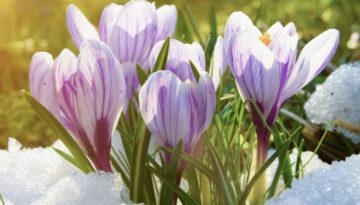
With the arrival of Spring, we will look at some of the great rock songs that explicitly mention or implicitly conjure images of Springtime. We countdown this subjective list from #9 to […]
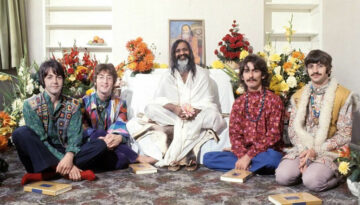
In early 1968, all four members of The Beatles traveled to northern India to attend a Transcendental Meditation training course with Maharishi Mahesh Yogi. While George Harrison, John Lennon, Paul McCartney and Ringo […]
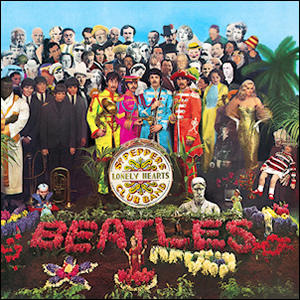
Buy Sgt. Pepper’s Lonely Hearts Club Band Buy Magical Mystery Tour There has never been (nor probably will ever be) a year in which a single band produced so much quality material as […]
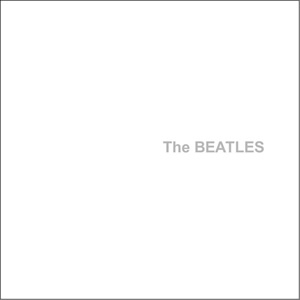
Buy The Beatles In 1968, The Beatles released their only double studio album, an eponymous release commonly referred to as The White Album. Despite the official title which emphasized group identity, the actual […]
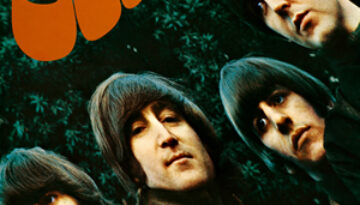
Buy Rubber Soul As the years have gone by, Rubber Soul has distinguished itself more and more from the “typical” early album by The Beatles. While the 14 selections remain pretty much bright […]
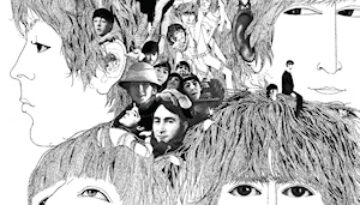
Buy Revolver As many times as I’ve heard someone say they love The Beatles, I have heard someone else say they think they are overrated. To a generation of listeners raised in the […]
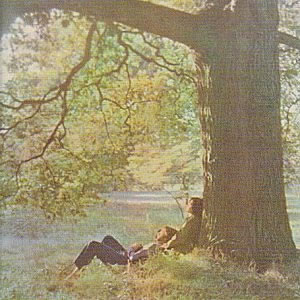
Buy John Lennon/Plastic Ono Band Our third and final installment of the “Life After Beatles” series looks at the critically acclaimed debut record by John Lennon called John Lennon / Plastic Ono Band. […]
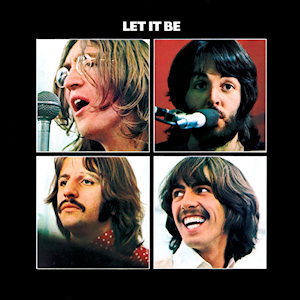
Buy Let It Be Released less than a month after the announcement of their breakup, Let It Be was a unique release by The Beatles on several fronts. First, the bulk of the […]
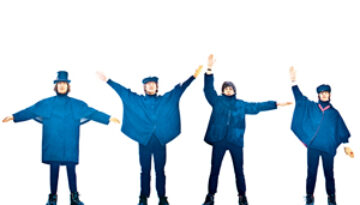
Buy Help! Their fifth overall studio album, Help!, is perhaps the final of The Beatles‘ pop-centric, “mop-top” era records released over the course of 30 months. Still, the group did make some musical […]
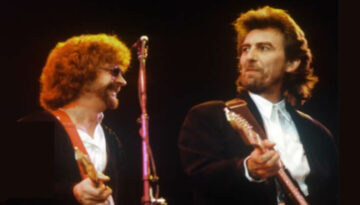
After a long hiatus from the regular recording process, former Beatle George Harrison teamed up with former Electric Light Orchestra front man Jeff Lynne to produce Cloud Nine. This was Harrison’s tenth solo […]